Affiliate links on Android Authority may earn us a commission. Learn more.
If Apple can't succeed in China, it shouldn't bank on being relevant next decade
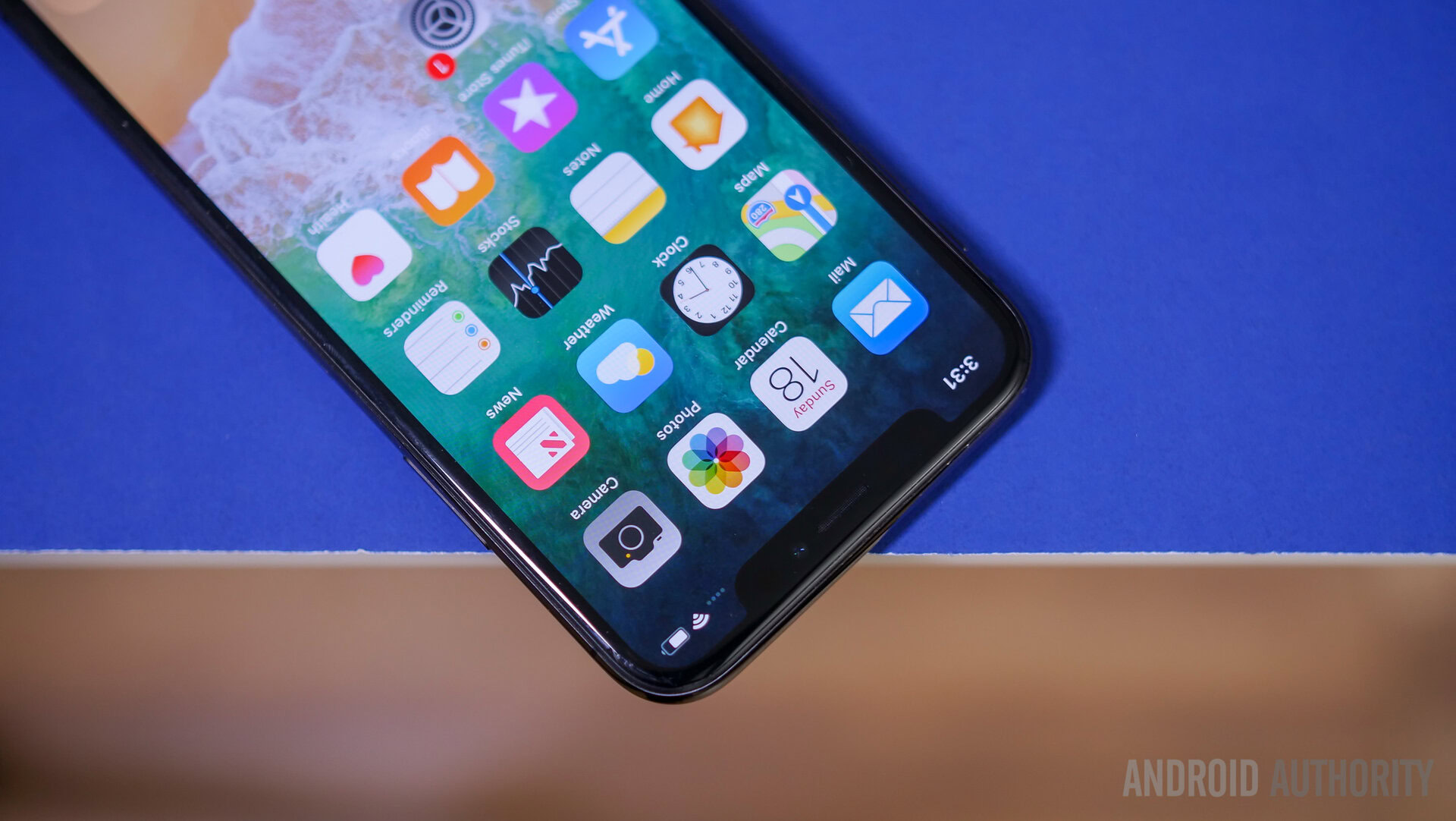
Apple is struggling to move smartphones in China, according to the latest data. The company’s sales figures are down substantially compared with previous years. It may have lost up to a third of its market share in the country. Competitors like HUAWEI, OPPO, and Xiaomi are consolidating their positions as the market leaders in the country. Despite Apple’s secure position in Western markets, it would be a mistake to discount trouble in China as a blip or an optional venture it can afford to miss. Failure to secure a meaningful market share in China could diminish the company’s importance in the decade to come.
China is now the world’s largest smartphone market. Between it and second place India, the next billion mobile customers, as Google regularly puts it, are already coming online and moving up to higher tier products. While brands like Apple and Samsung lead the industry today, those with a global presence will lead in the decade to come. Apple won’t be able to wield the influence it currently enjoys if it’s just a minor player in the global marketplace.
Numbers don’t lie
According to UBS/Gartner estimates for 2018, Apple is expected to ship approximately 47 million iPhones in China. This would be approximately steady from 2017’s 49 million figure, but a notable 34 percent decline from 2015’s 71 million high. The company accounted for an estimated 40-50 percent share of affluent Tier 1 and 2 consumers back in 2015. Now it’s estimated to have fallen to just a 20-30 percent share today. Failure to appeal to its only audience is a worrying sign.
Market share data from UBS/Gartner and Morgan Stanley fleshes out this picture further. While Apple’s sales and market share have fallen lately, local rivals have increased their shares substantially. Local manufacturers accounted for just 11 percent of China’s mobile market back in 2013, but reached new heights of 56 percent by the end of 2017. Back in February 2018, Apple’s market share slipped behind HUAWEI, which currently leads China’s marketplace on 20.8 percent. In March Apple was overtaken by OPPO too, with their shares sitting at 18.0 and 18.3 percent respectively.
The situation looks even bleaker for Samsung, which has seen its notable share of the Chinese smartphone market diminish to almost nothing since 2013. Samsung at least continues to foster a healthier global presence — particularly in India, the world’s second-largest market.
It isn’t all terrible news for Apple. The company’s recent earnings report demonstrated a 21 percent growth in revenue relative to a year earlier, reaching $13 billion in China. App Store income is expected to have been a major factor here. Despite the positive financial spin, there’s no getting away from the fact that handset shipments are still trending down in the fastest growing markets. In the long run Apple needs devices in consumer’s hands if it wants to keep profiting from its expanded ecosystem.
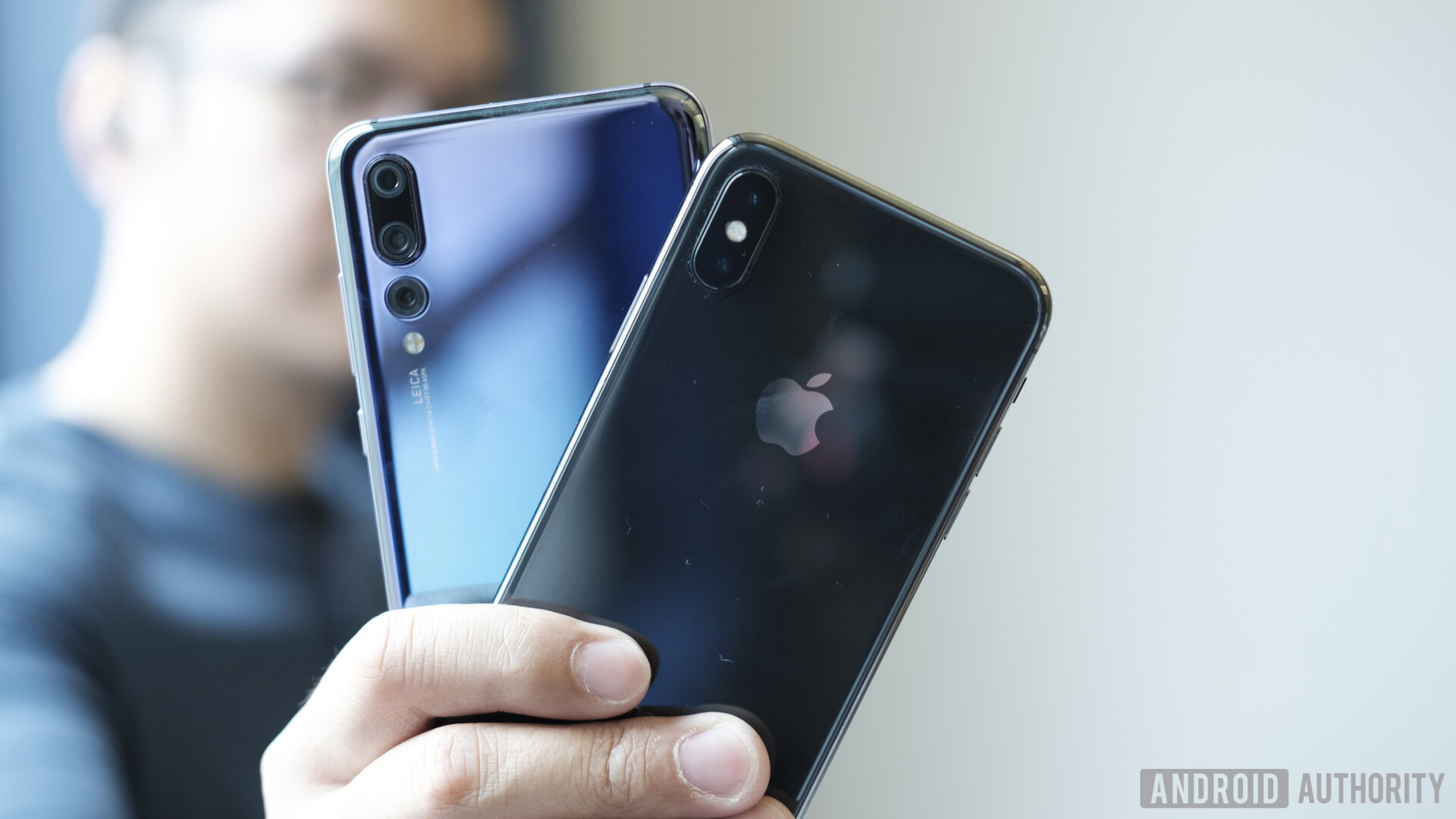
The rise of China’s local talent
Speculators are suggesting the iPhone X’s $1,000-plus price is the source for Apple’s woes in markets where disposable income is still catching up with the company’s traditional markets. The data suggests there’s more to this hypothesis to explain Apple’s predicament than just that, though.
There are 1.3 billion people in China, but only about 200 million to 300 million of them live in the so-called Tier 1 and Tier 2 cities with sufficient income to afford Apple’s products. Outside of these cities, Apple doesn’t have the retail or promotional presence of its local rivals. Even so, China’s middle class continues to grow and disposable income is on the rise, so at the very least we should expect Apple’s shipments to be holding steady or increasing, even if it’s share of the pie might take a hit. But this isn’t what has happened, sales volume has been falling for the past four years. Furthermore, the high priced iPhone X would only be a barrier for this generation (2017-2018) — the downward trend started well before then.
China's smartphone market may have slowed, but Apple has suffered while local rivals prosper.
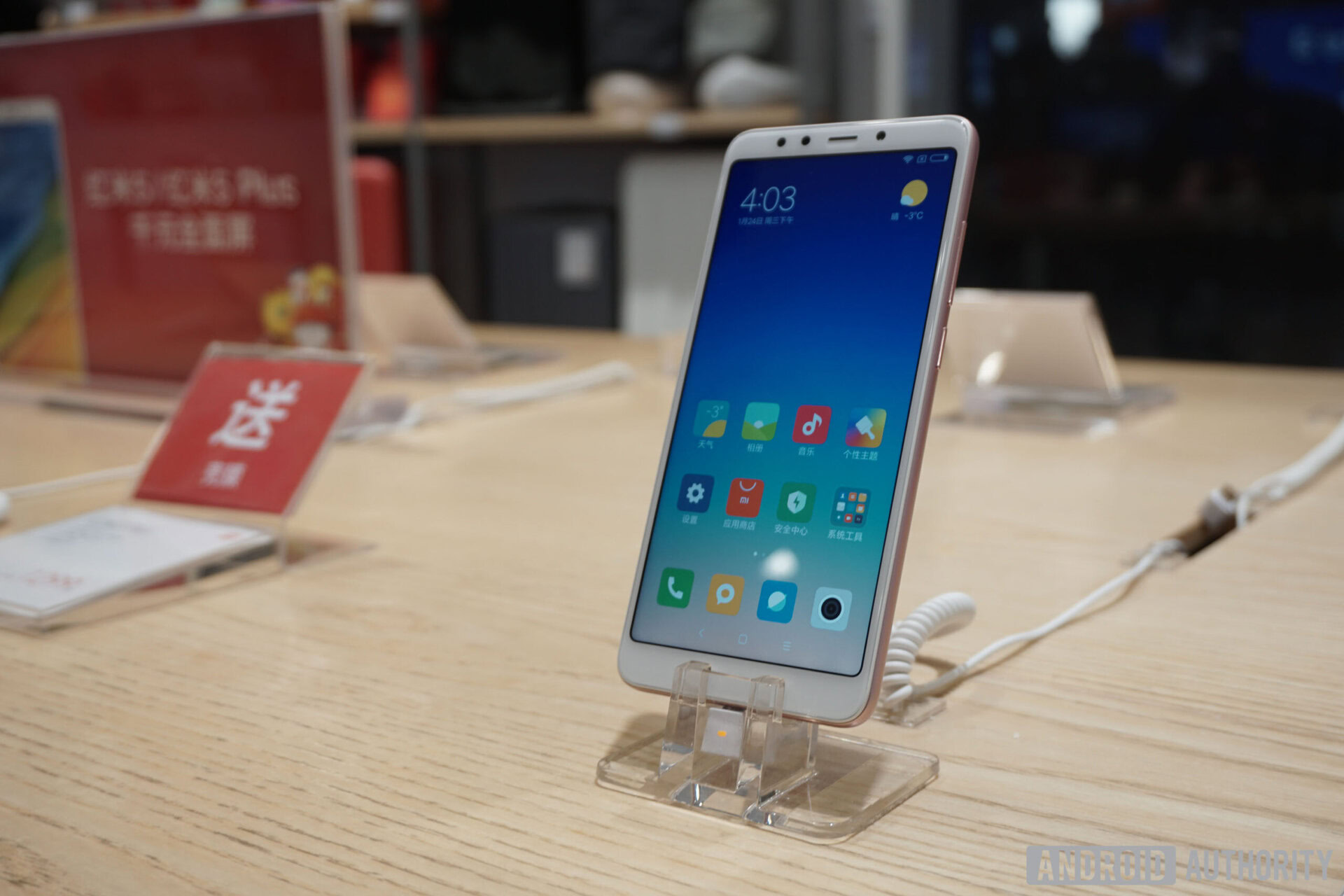
China’s smartphone market is also quickly reaching a saturation point. Smartphone sales fell from 467.3 million in 2016 to 444.3 million in 2017, according to Statista. The firm argues customers are beginning to hold onto their smartphones for longer due to the smaller improvements being offered with each generation, much like in the West. There’s little evidence this extended cycle is manifesting with consumers refreshing their iPhones. Instead, sales appear to be going to its competitors.
All of that is surely having an impact, but I think there’s another problem, too. Part of Apple’s problem is it isn’t designing products specifically for these markets like its local competitors.
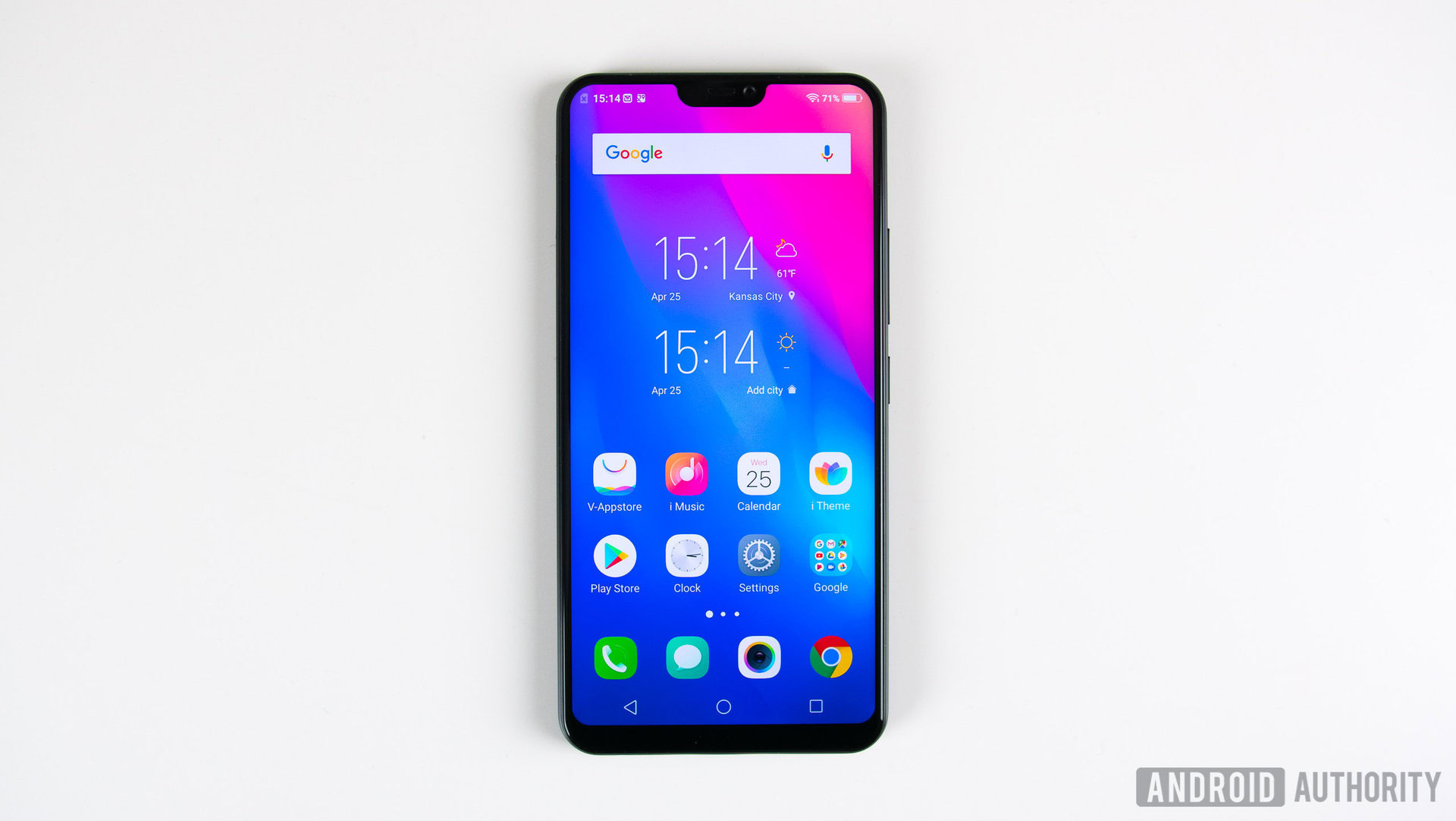
Building products for new markets
The iPhone X is a Western flagship, focusing on Western tastes, which favor cutting edge processors, fancy features like wireless audio, and Apple’s growing media and app ecosystem. These aren’t the flavors spurring demand for smartphones and other electronics everywhere around the globe. Apple needs a different approach for many of the biggest growth markets.
Apple has run into criticism for not innovating on its iPhone design, and the revamped iPhone X hasn’t exactly wowed consumers or the industry. Smaller brands have been innovating the hardest and coming up with new ideas consumers actually want.
The focus on front-facing cameras and beautification software continues to be a popular theme in China — just look at the new vivo V9. There’s also a growing interest in AI, something Apple has worked on but doesn’t market as fiercely as its competitors.
OPPO markets to aspirational high-end consumers. vivo courts younger, trendier types. Apple’s target market, those with plenty of disposable income, is a smaller segment in these regions.
Price is an equally important factor. The most successful growing brands in both China focusing on bang for buck, rather than outright premium pricing. Consumers increasingly feel certain technologies are already “good enough.” They aren’t sold on faster processors and modems when a decent camera makes a bigger difference to their day-to-day experience. It’s a similar situation in India. The battle for prices has created a boom in e-commerce trading, while Apple traditionally relies on its premium in-store sales experience. Google has cottoned to this important difference, targeting its Android One and Android Go initiatives to meet regional demands and creating a growing portfolio of specially curated apps for the Indian market.
Google has the Pixel for the U.S. but other initiatives for growing economies. Apple could use a similar tailored approach.
If Apple wants to succeed in these markets, it needs to be more proactive. These countries won’t eventually just “mature” to match its expectations. Products tweaked and tailored directly for local requirements are far more effective and Apple should consider reassessing its portfolio. This isn’t to say that Apple should copy minimal margin models from the likes of Xiaomi. Its business model is clearly profitable, but Apple needs to find a way to make its handsets more appealing in these countries to secure future unit sales.
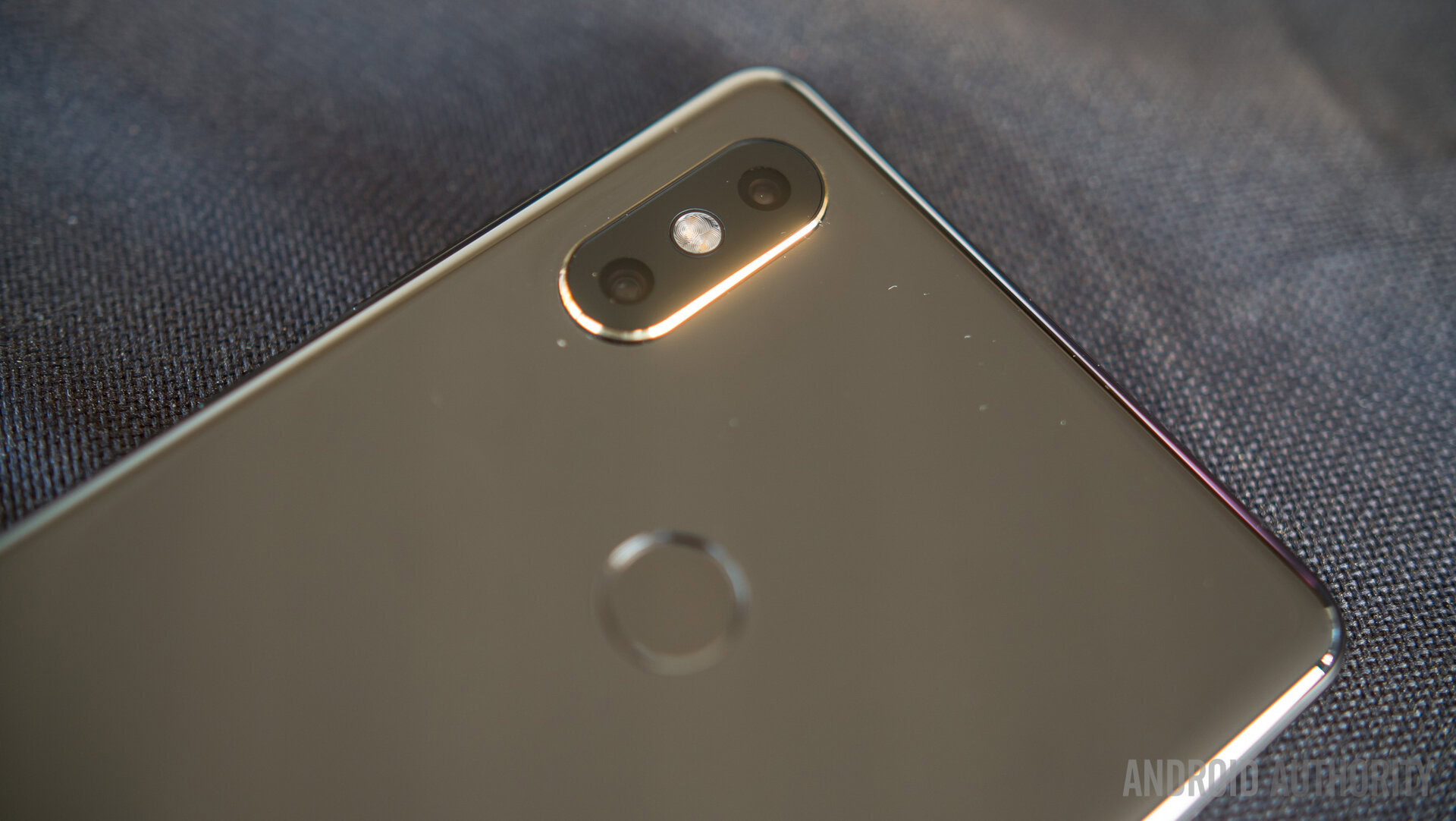
So who is winning the race?
This isn’t a doom and gloom forecast for Apple, more of a wake-up call. The brand continues to be a major selling force in Western smartphone markets and its latest earnings and global market share don’t suggest that the company is going anywhere fast. However, the balance of power in the mobile industry is shifting from established markets to growing ones in India, China, and much of the wider world. These newer markets are playing an increasingly important part in shaping technological developments. Brands that can garner mass global appeal will end up on top in the coming years.
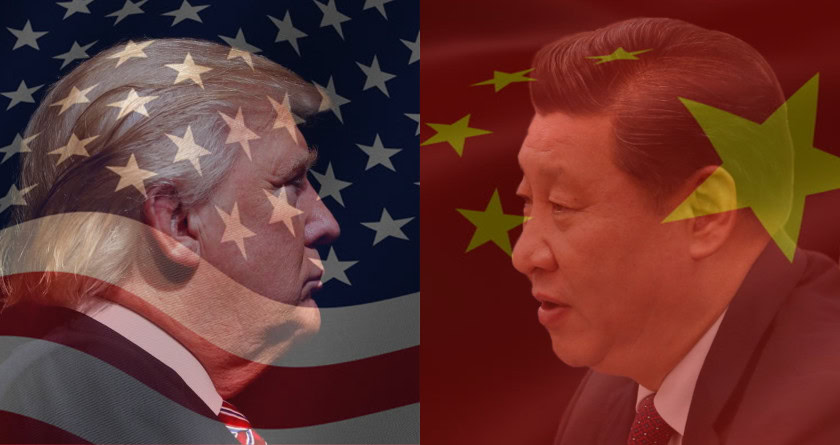
As a total share of the global smartphone market, Apple plateaued right when hundreds of millions of new consumers came into the market. Chinese brands capitalized instead. In fact, many U.S. technology companies now have to contend with new Chinese rivals. Samsung has seen an even worse dip globally. HUAWEI, Xiaomi, and BBK brands OPPO and vivo have all quickly grown to catch up and are poised to keep growing in these new markets. Samsung and Apple are on top at the moment, but the trends are against them.
Apple may lead the industry today, but brands with a truly global presence will lead in the decade to come. China's growing influence makes it impossible to ignore.

This isn’t just a contest for iOS versus Android anymore. Google is surely also eyeing the growing influence of companies less reliant on its apps, services, and even its OS. Xiaomi isn’t afraid to fork Android for its own uses. Many manufacturers are already running their own app stores in China where Google doesn’t operate. HUAWEI even apparently has its own secret mobile OS in development.
In the longer term, this is a race for future ecosystems like smart homes and other connected products, virtual assistants, wireless audio, and the various standards and software ecosystems that will support next-generation products. China’s influence is growing across swathes of the technology industry, from service giants like Baidu to infrastructure providers like ZTE and HUAWEI. Its high flying companies are closing in on the consumer electronics markets traditionally dominated by U.S., Japanese, and South Korean companies. If Apple can’t improve its presence outside of major Western markets, it could soon find itself fighting for the scraps like many of the other legacy smartphone brands.